
Sign in to your XDA account
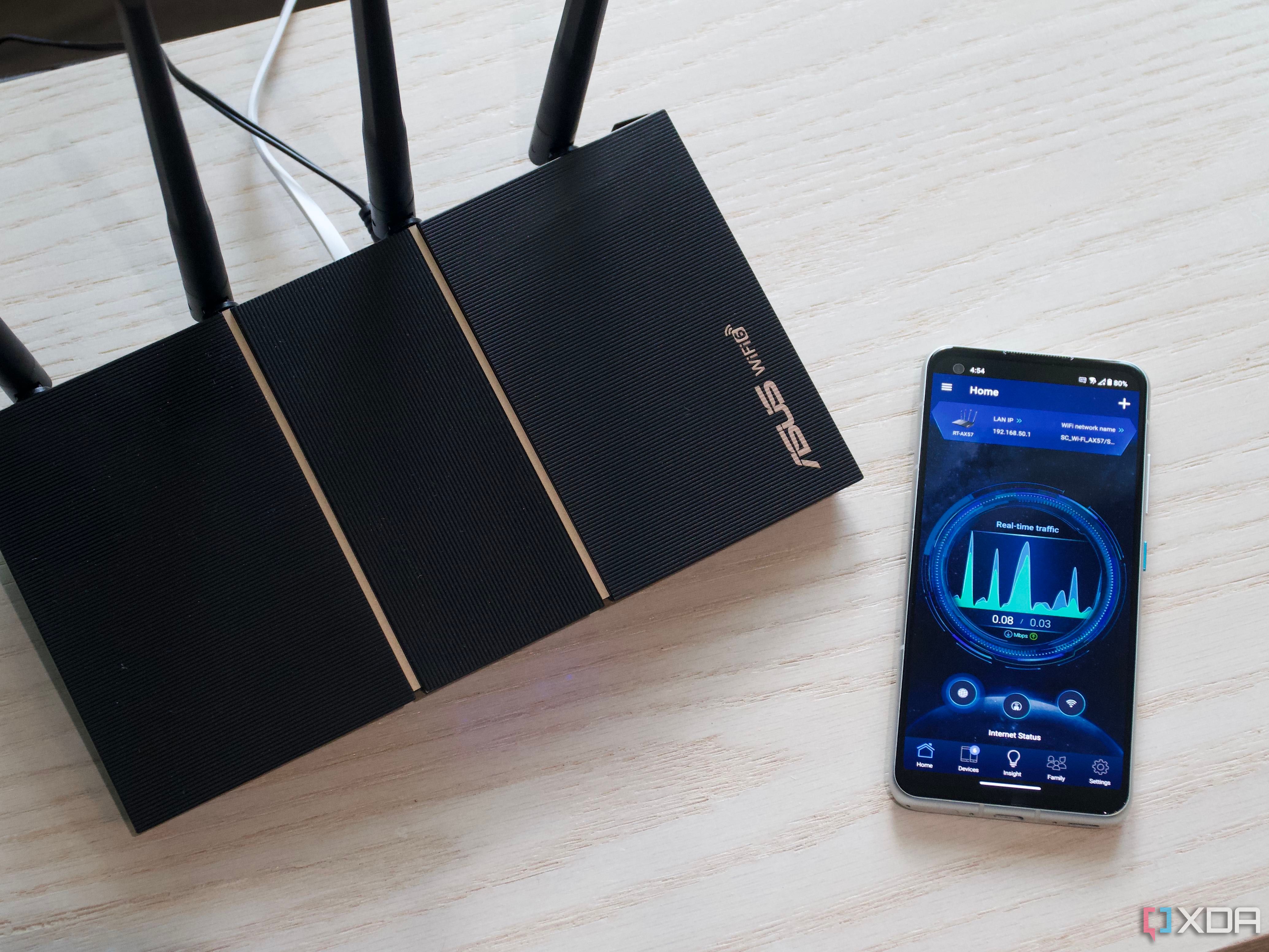
I want you to pause for a few seconds and think about the last time you actually thought about your Wi-Fi. I mean, really thought about it. I bet it was when it wasn't working properly, like maybe your favorite website was slow to load, or you had full bars for connectivity but nothing was happening while browsing. And for most people, that's exactly how they think about wireless connectivity. Once the initial setup and connection are done, it's never thought about until it stops working.
That could also mean you're using the same ISP router that you've had for years, missing out on major improvements that have happened since then. You might not need Wi-Fi 7, but it's an option, and I'd suggest at least Wi-Fi 6E if you're upgrading anyway. Newer wireless specifications do more to ensure devices get better connections and bandwidth, and newer routers have more powerful processors inside and better Ethernet ports for the things you need to wire up.
6 Issues with your router or client hardware
Not all Wi-Fi is created equal and everything has a use-by date
The number one cause of Wi-Fi slowdowns and issues is incompatibility between the devices. This doesn't necessarily mean that the newest routers will be better, because you might have lots of Wi-Fi 5 devices, in which case you should have a Wi-Fi 5 router as your starting point. Older client devices will struggle with newer routers, but newer clients like those with Wi-Fi 7 can connect fine to older routers.
Signal drops and connection issues could be from either end of the connection, but they're more likely from the router side. Common tips like keeping your router in a central location, uncovered, and waist-to-shoulder height will give you the best chance of a good signal. Reboot it once a week for good measure, to clean out any cached junk. Keep the firmware up to date, and if you've tweaked many settings, try resetting the router and setting it back up from scratch to see if that fixes it.
5 Wi-Fi bands
2.4GHz, 5GHz, or 6GHz and why you need each of them
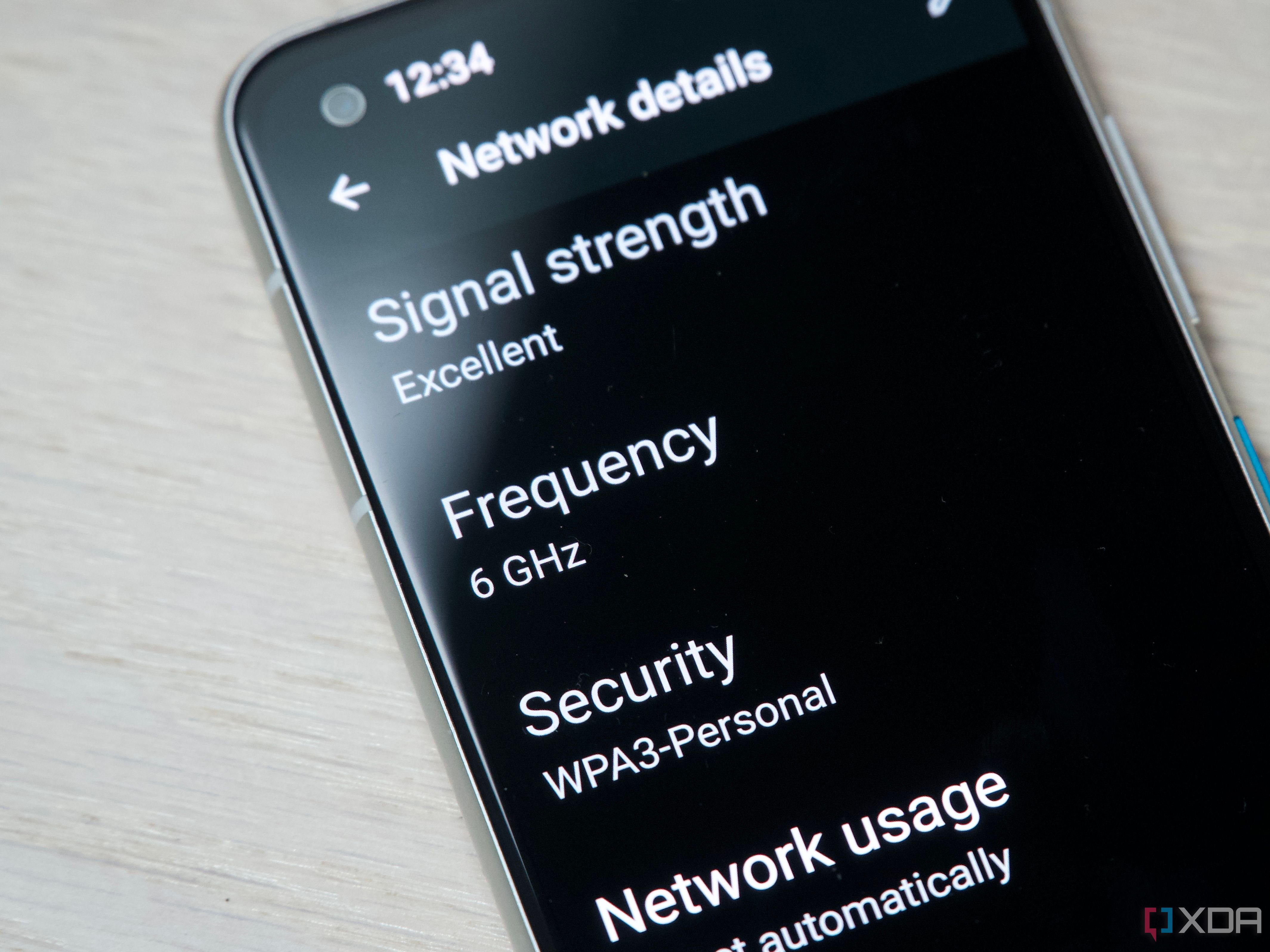
Wi-Fi is an all-encompassing term for a range of technologies, and as such, not every implementation is equal. Plus, manufacturers love to exaggerate when marketing their routers, and you should take any claims with a big pinch of salt. There are three frequency bands used by Wi-Fi, and each has its pros and cons, but there's also a host of things that can reduce the signal strength, so your home's network might perform differently.
Here's the breakdown of what the three frequency bands measure up to:
- 2.4GHz: 70MHz wide, devices limited to three 20MHz channels, longer range (200 ft or so), slower speeds (up to 100 Mbps), more cluttered as lots of devices use it
- 5GHz: 500MHz wide, devices can use up to six 80MHz wide channels for faster speeds (up to 1.7 Gbps), range of around 150 ft, getting more congested as new devices come out
- 6GHz: 1,200MHz wide, devices can use up to seven 160MHz channels or three 320MHz channels for over 3 Gbps, a range of around 115 ft for Wi-Fi 6E and 150 ft if Wi-Fi 7, less congested as few devices support
It's worth mentioning that those are the theoretical maximums for range and speed, and real-world usage will almost always be lower. The weather affects Wi-Fi, so do any materials it has to pass through, and interference is always a worry. 2.4GHz has a hard cap on speed, so you want to use the other bands if possible. Any range issues should be handled with a mesh router setup or by adding hardwired wireless access points where the signal from the main router is too low.
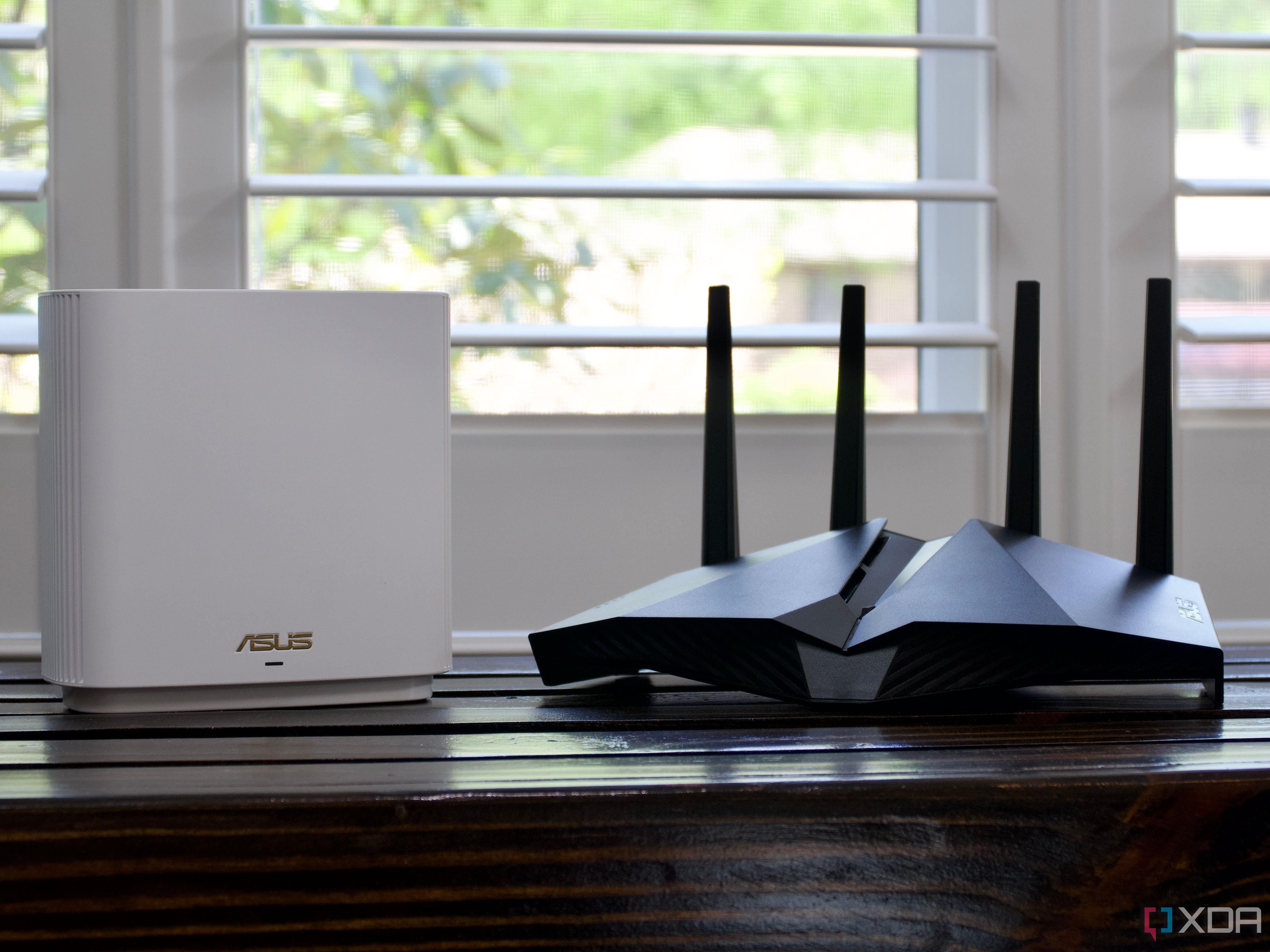
Related
2.4GHz vs 5GHz: Which band should you use for your home WiFi?
Pick the right band on your router depending on your use case.
4 Interference
Everything could be interfering with your wireless signals
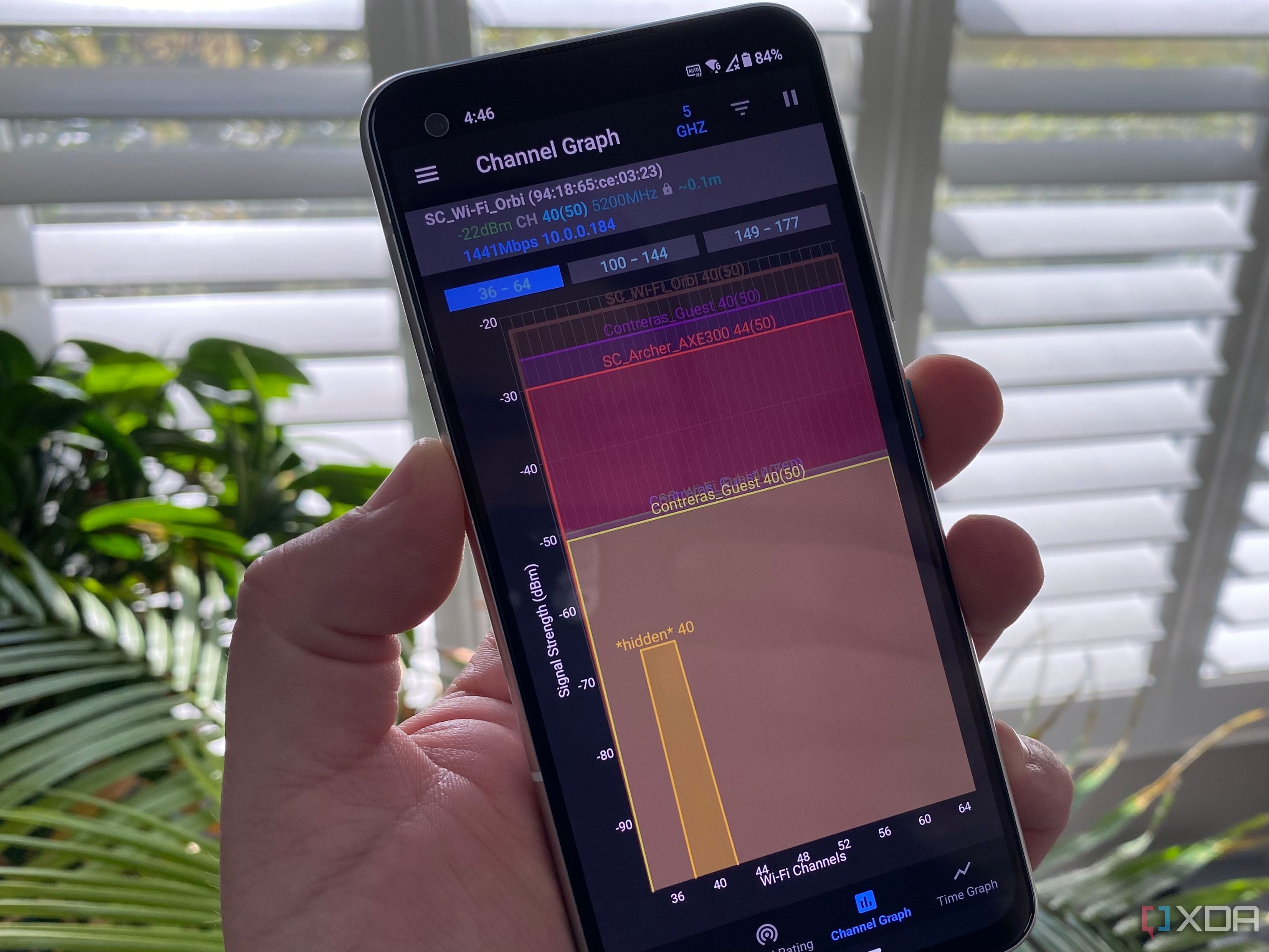
If you live in an apartment or a tightly packed townhouse development, you'll probably see dozens of Wi-Fi networks pop up alongside yours. Network congestion is a real issue, especially in the 2.4GHz bands, and most users won't manually adjust their transmit power to avoid interfering with their neighbors, even if their router supports it.
To fix it, download a Wi-Fi analyzer app on your phone or computer and scan. You're looking to see which channels on the 2.4GHz and 5GHz bands are less used, so you can change your router's settings to fit. Some routers have this built-in; modern ones will scan for you and adjust the channel automatically. Also, you can reduce your router's transmit power and see if it still has enough signal for your whole home. Avoid having your router or client devices near things like microwaves, fridges, AC air handlers, and other large solid objects, so the signals can pass freely to them.
If you know most of your devices are 5GHz, you could even turn off the 2.4GHz band or set it to only work with the newer devices (802.11n, ac, or ax). You might notice some older devices drop off the network, though, giving you a choice between upgrading those or deciding if you still need them. Oh, and if you notice 2.4GHz band issues and your router has a USB port, see if you can change it in the settings to USB 2.0, because USB 3.0 causes wireless interference.
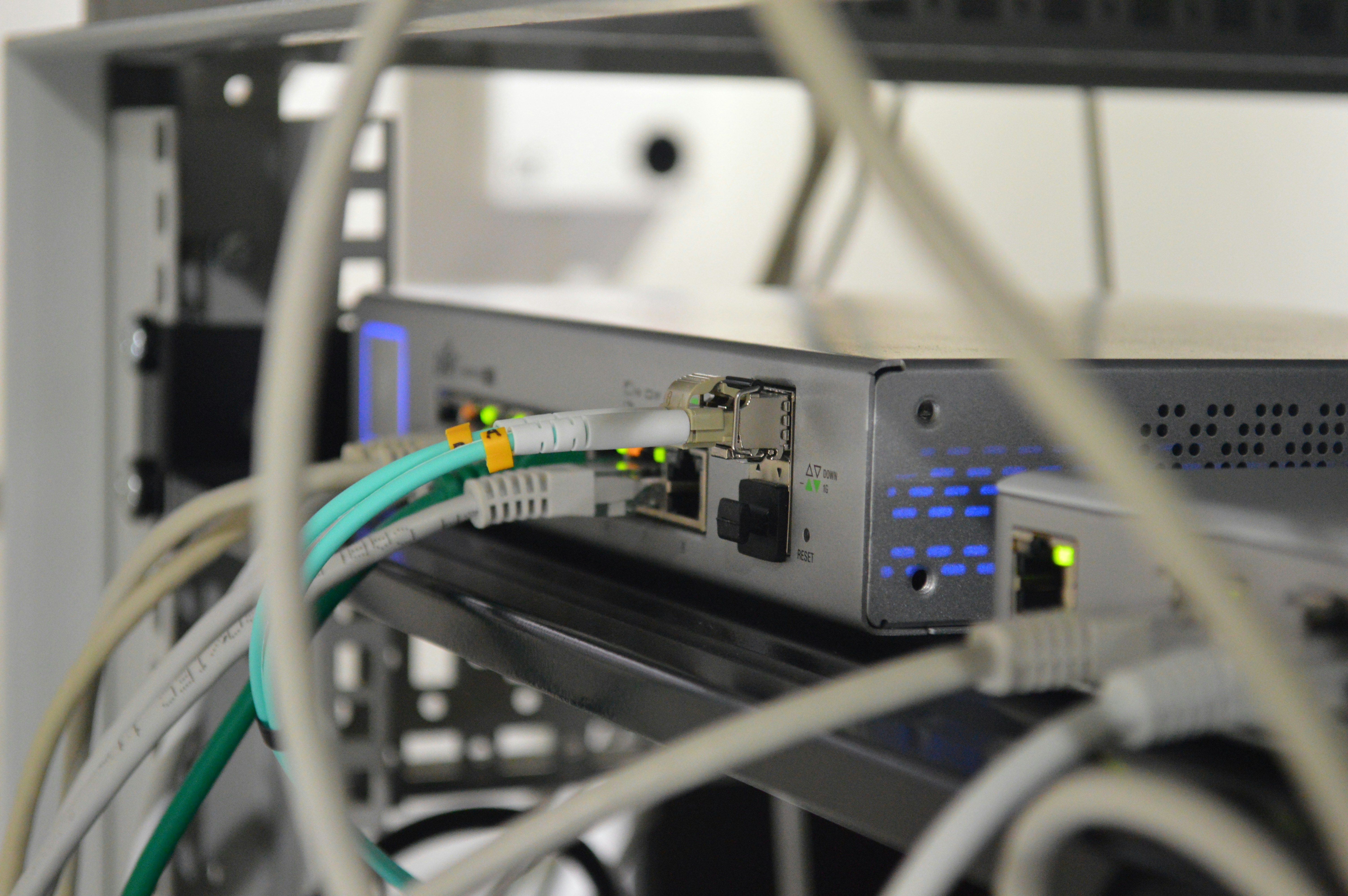
Related
When should you use wired or wireless internet?
There are certain times where you may need wired or wireless internet, and you can follow this guide to help you figure out if you need to switch.
3 Device overload
Do you have too many things connected to your Wi-Fi?
Most consumer routers have a hard cap on how many devices can connect at one time before they start kicking off old devices when something else connects and needs to send data. The cap is often around 50, but you can get issues with wireless speed long before that number is reached. That's because Wi-Fi is half-duplex, which means it can only pass data one way at a time, sending or receiving. MIMO helps with this, to a point, but there's only so much bandwidth to go around and it needs to be shared with every device that's 'talking' in the network.
You'd think that adding more bands to the router would help with this, and it does to a point, but only if you're also adding antennas. Consumer routers that say they're tri-band with multiple 5GHz bands aren't worth the upsell. You're better off with a dual-band router with 2.4GHz and 5GHz, or a Wi-Fi 6E or 7 router that also gives you the uncongested 6GHz band.
Don't bother with Wi-Fi extenders, they're still half-duplex except now data needs to go from your device to the extender, then the router, and the internet, and the same in reverse. Mesh nodes can communicate directly to the main router over the backhaul, so they're a better option for larger homes. Oh, and hardwire everything you can, because the fewer wireless devices attached to your router, the better it'll be for the devices you don't have a choice on. And lastly, enable Quality of Service, to give the apps that matter priority so the network feels faster when using them.
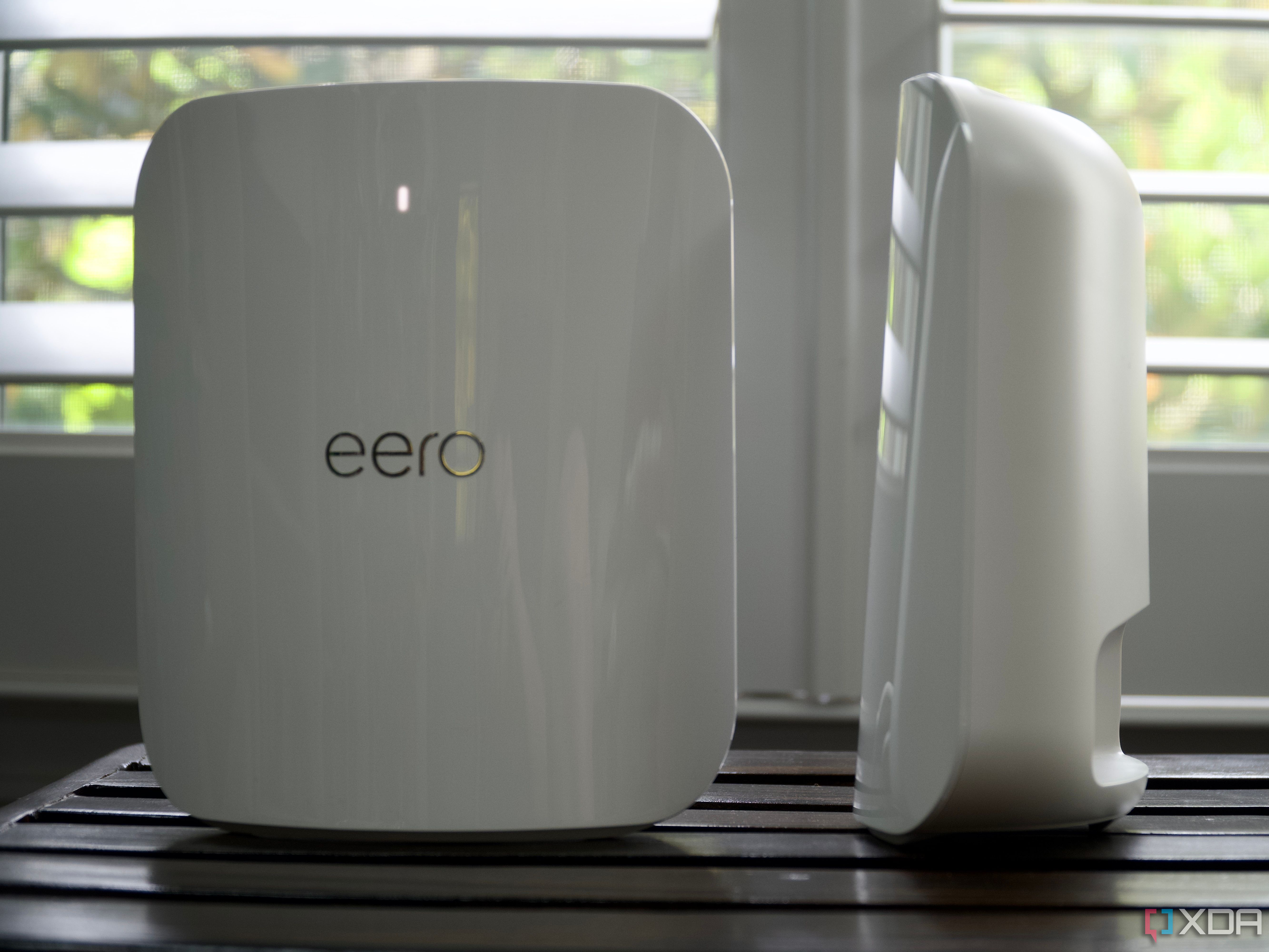
Related
6 reasons you should replace your router's Wi-Fi with APs or mesh
If you've got a big house or specific Wi-FI needs, you might want to consider some upgrades.
2 Damaged cables
Yes, it's wireless but not everywhere
One of the things about troubleshooting Wi-Fi issues is that the problem could be with any other part of your home network, including the wiring from outside, inside your walls, the wall jacks, and the Ethernet between them and your router. Any one of those stretches of Ethernet cable could be the issue, or the coax or fiber lines if you have cable or fiber internet. Check all the physical cables wherever you can see them, and if you're having issues, get a tech out to use automated tools to check the connectivity of the wires.
I've personally experienced this with different routers and Ethernet cables, but the same cable route between the utility closet and the living room. I'd routed the cable under the skirting board in the gap between that and the carpet, as we were in a rental and I didn't want to fish cable through the walls or use cable clips on the woodwork. Several times I noticed download speeds on the Wi-Fi drop substantially, and even trying another router didn't do the trick. Eventually, I got a new cable and tested that, and the speeds returned, so I must have somehow damaged one or two of the tiny wires while installing it.
1 Bluetooth coexistence issues
Less of a concern for newer devices but your IoT network might be affected
If you have older devices that operate on the 2.4GHz band, plenty of IoT smart devices, or regularly use Bluetooth headphones, you might have noticed drop-outs in connectivity on some of them. That's all down to interference on the 2.4GHz band, which Bluetooth uses along with your Wi-Fi. Changing your router's channel might help, but the real issue is that Bluetooth cycles through multiple channels, so it'll eventually hit the one you've just changed to.
Unfortunately, most of the fixes are temporary at best, or reduce the chance of interference. You could try setting the router only to use 20MHz-wide channels, which gives more room for Bluetooth to coexist. Your router might also have a Bluetooth coexistence setting to turn on. And head into the advanced driver properties for your Wi-Fi on your computer, and look for any coexistence settings, and 40MHz intolerant, which will force it to use 20MHz bands.
Honestly, Wi-Fi should be something you only have to think about when there's an issue
It used to be a pain to set up wireless connectivity in your home, but networking equipment has gotten so good lately that all the hard work is automatically done for you. When things do go wrong, consider the age of your Wi-Fi router, the devices that connect to it, and if it's finally time for an upgrade. Newer Wi-Fi routers make troubleshooting issues easier overall because you know you're starting from a solid foundation, and then most of these issues might be gone for good.
Wi-Fi will always be a moving target for consistency, as not every wireless device gets upgraded at the same time, and manufacturers have to build in backward compatibility. But with a little troubleshooting you can get the best coverage and speed for your home, and see if you need to add additional APs or start hardwiring things.
.png)
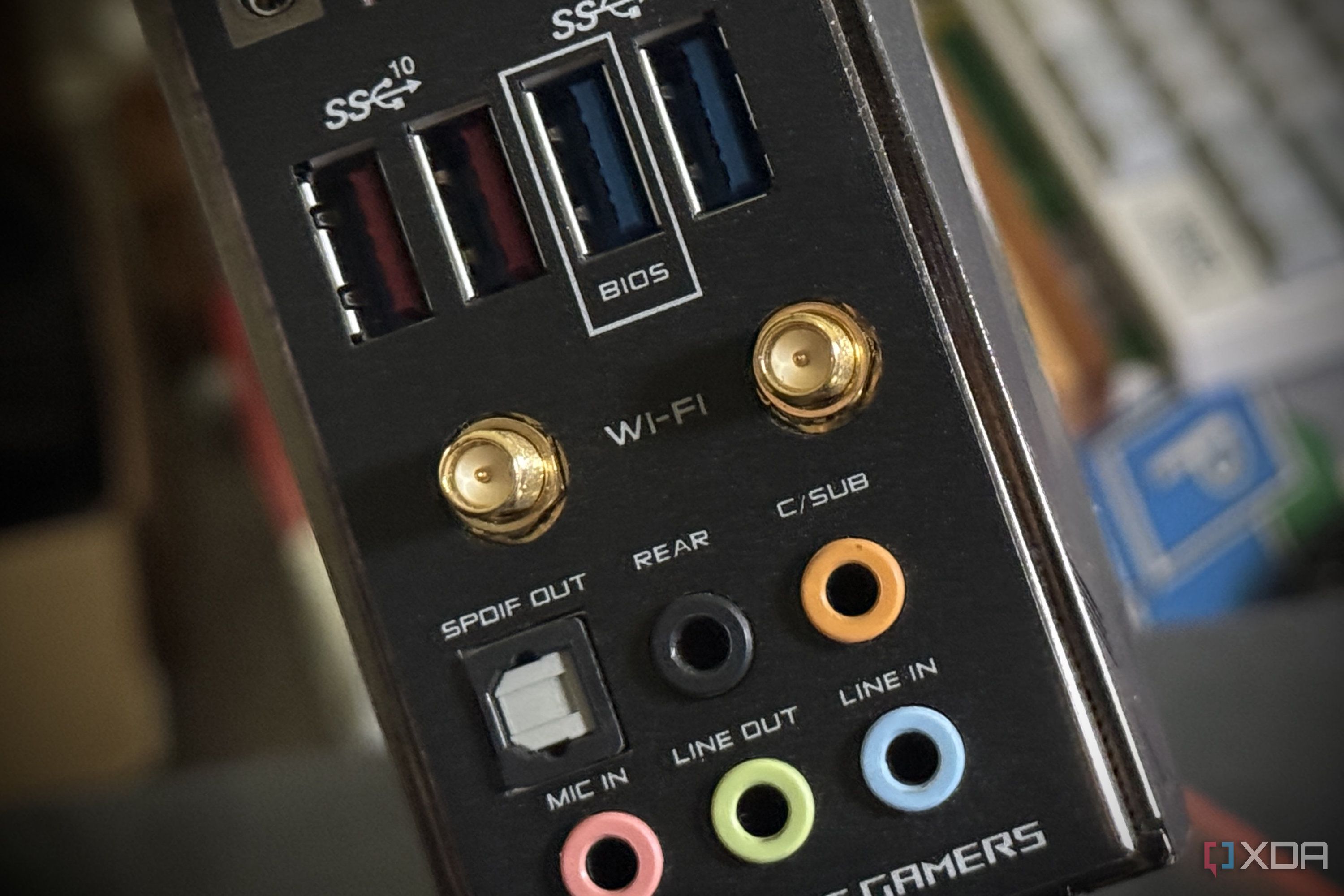
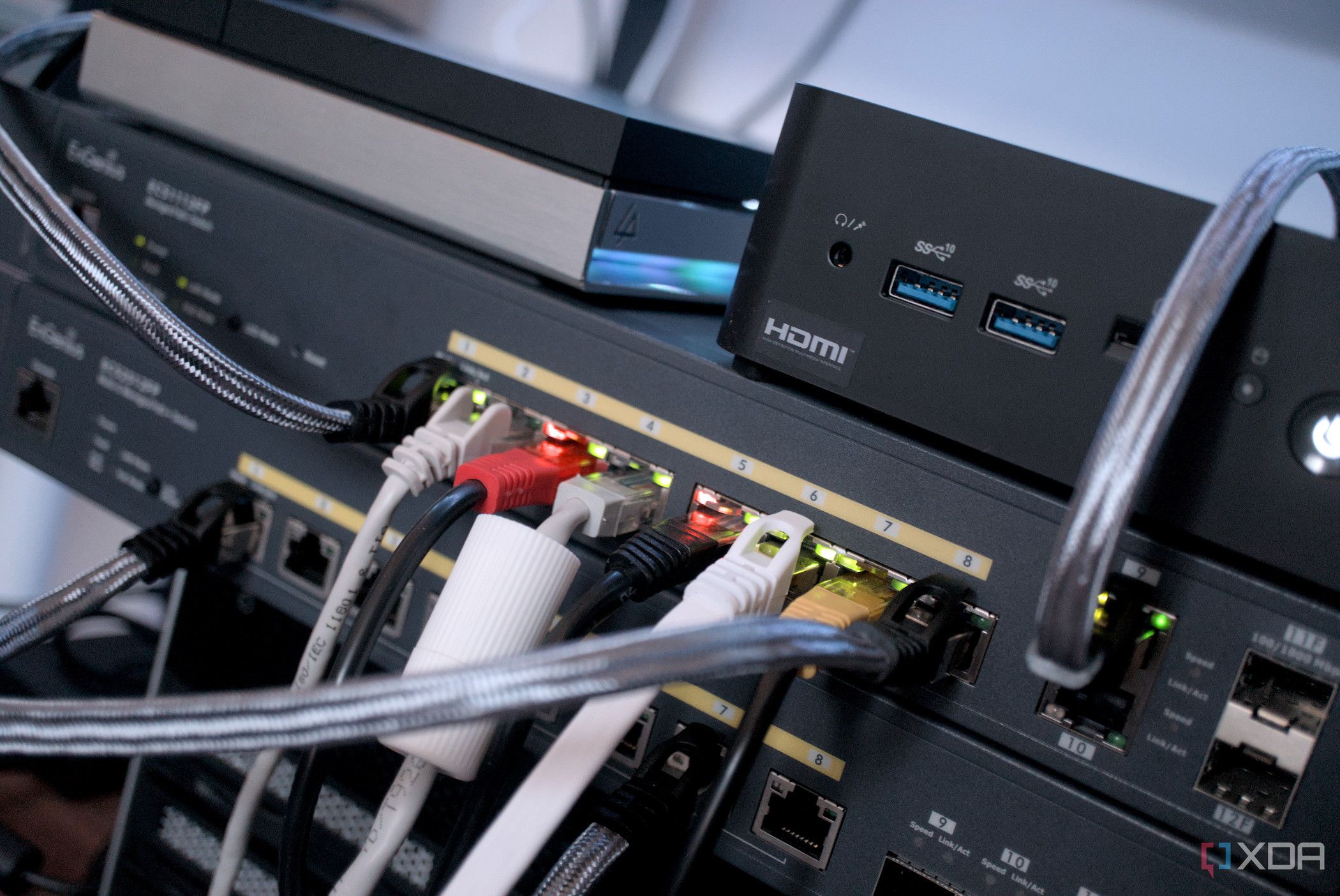
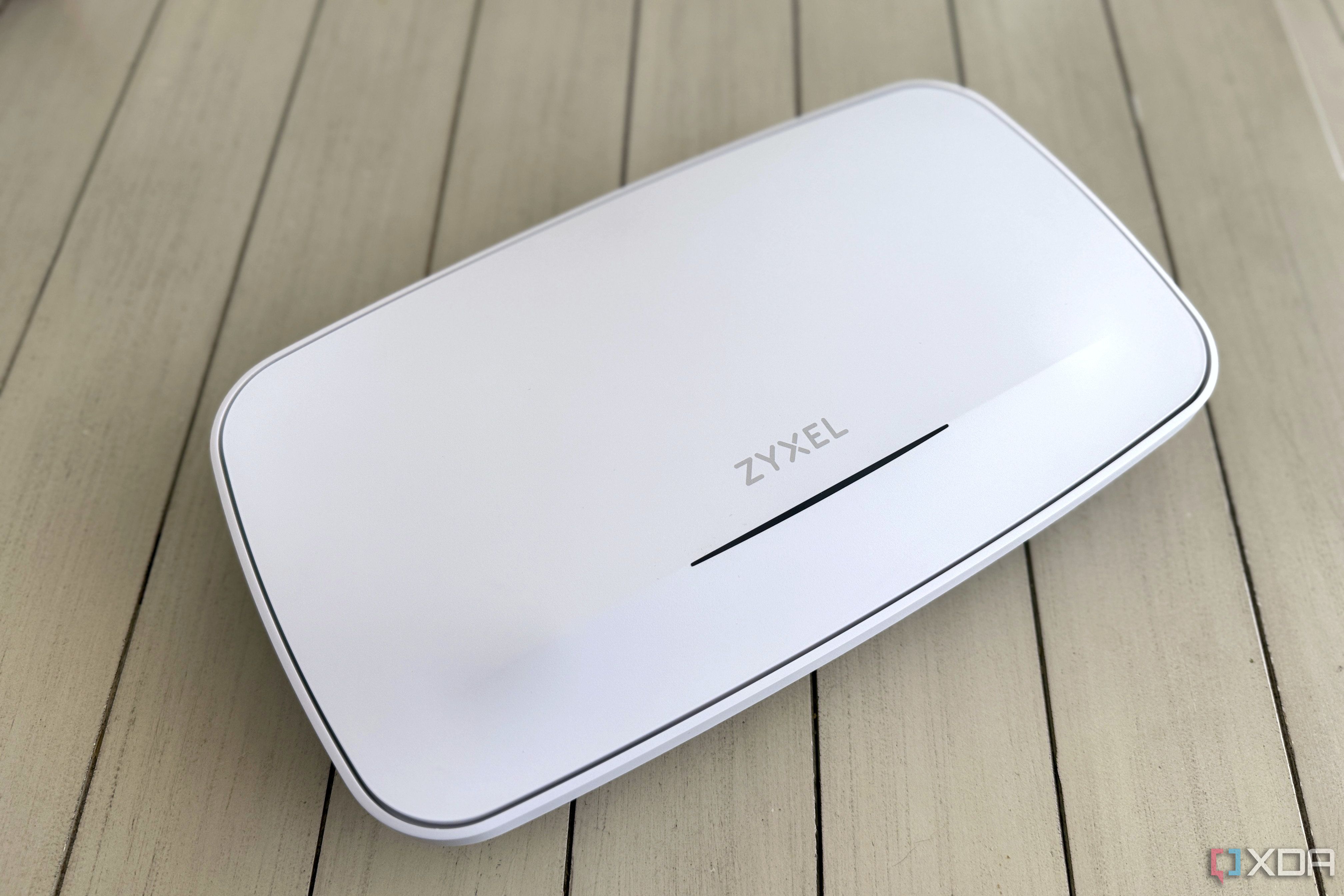
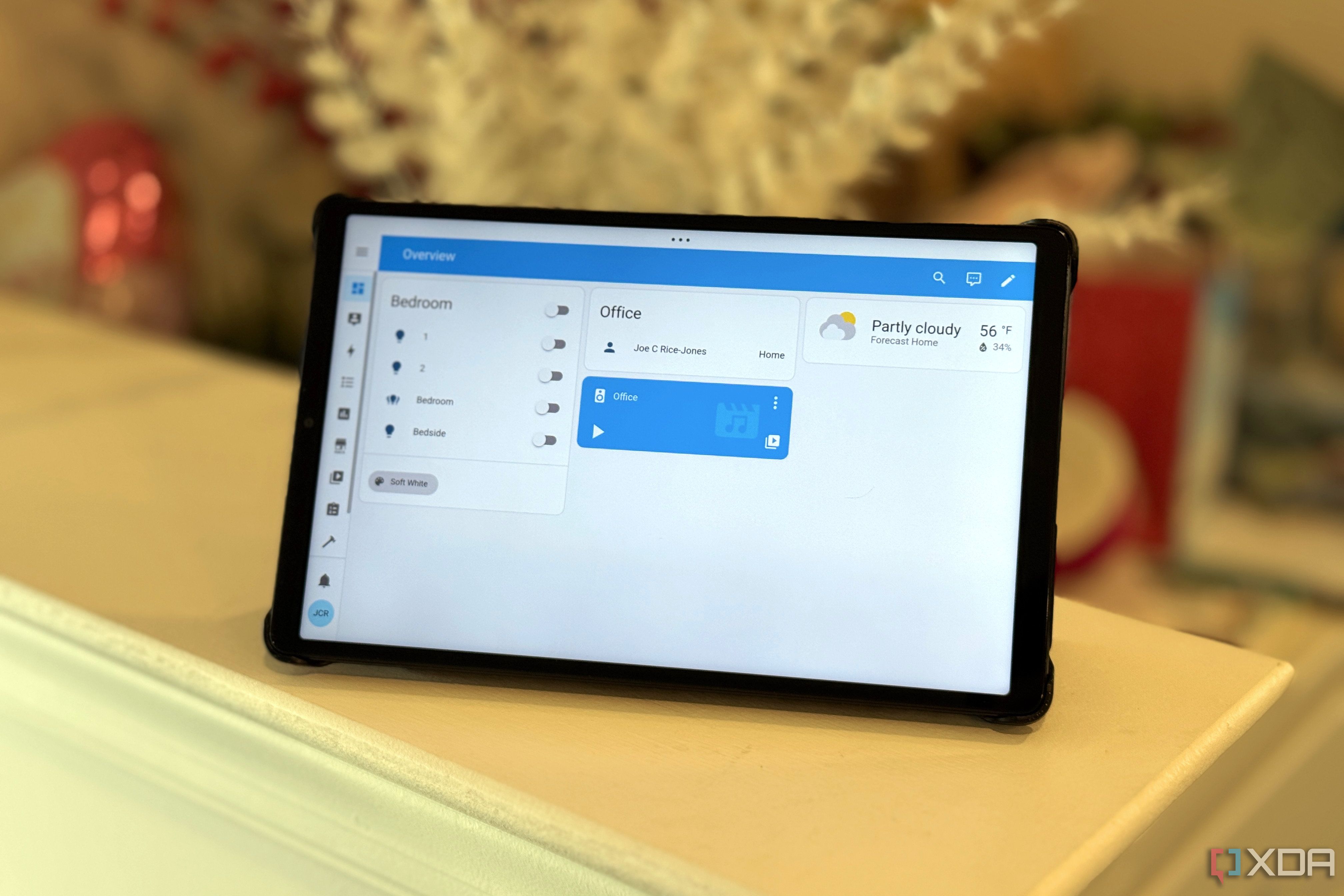










 English (US) ·
English (US) ·